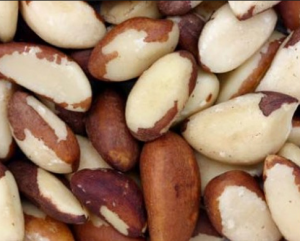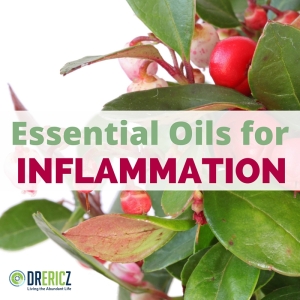When it comes to taking care of your health and wellness, you can find a lot of inspiration in nature’s elements. One of the best ways to get a boost to your immune system is by taking minerals. Selenium is one such mineral that’s commonly found in foods such as sunflower seeds and nuts.
Selenium can be found in the food we eat daily, but the amount contained within will vary. This is because selenium is stored in the soil and the amount can vary depending on its location. When plants grow in soil rich in selenium, they too will absorb a large amount of the mineral.
Despite the fact selenium is common in the soil as well as water, many people around the world are deficient in this mineral. This can pose a threat to human health and wellbeing over time, especially when you consider just how valuable the mineral is for the process of fighting off miscellaneous diseases; everything from cancer to common colds.
Selenium Benefits
Perhaps one of the best things about selenium is that you don’t need a lot of it to receive significant benefit. In fact, the human body doesn’t need very much at all in terms of a daily serving — usually around 50 micrograms for an adult is advised. The important thing to remember is not to exceed the daily dose of selenium, as overuse has been correlated with some risks. Of course, you should also know that getting too much selenium is really hard to do unless you’re adding an extremely large amount of the supplement.
So why is it so hard to get a regular dose of selenium in your diet? Part of the problem is the sheer amount of processed foods that we eat…and selenium cannot handle processing, which causes the mineral to break down and become inert.
The powerful healing ability of selenium to impact our health comes from the fact that it is packed with antioxidants. This means it has the potential to prevent health issues and fend off infections or illnesses.
Selenium is often a “forgotten mineral,” meaning not many of us think about how important it is to our daily health and wellbeing. When we do not get enough of this mineral, our bodies are at risk for a number of problems including infectious disease and even heart problems.
Another important thing to mention about selenium: It plays a major role in alleviating stress, which is a big step in preventing diseases and health issues. As you know, stress is one of the key contributors to the way our body handles illness.
Perhaps one of the most shocking correlations between selenium levels and health are the links between its deficiency and cancer. In fact, recent studies from 2015 and 2016 have shown that the more selenium you have in your body, the less likely you are to have cancer, especially those types found in the bowels.
Preventing cancer isn’t the only benefit though. Selenium also offers to help:
- Boost the immune system through antioxidants
- Repair damaged skin cells and reverse aging
- Support overall body health
The boosts to your immune system are one possible correlation when it comes to fighting cancer, but studies are still underway to determine the exact cause. Since selenium targets your immune system, you can also expect to experience better overall well-being and more resistance to infectious diseases. Some people have even reported recoveries from antibiotic-resistant viruses!
When it comes to a whole body approach to improving our health, selenium can be a powerful weapon in our arsenal. For one, selenium is an effective tool when staving off an infection, and this includes both bacterial and viral infections. The reason it is so helpful is because it triggers a boost to your immune system through micronutrients found in the mineral.
These micronutrients are called seleno proteins, and they help control the body’s response to infection by reducing stress and inflammation.
You can also help your thyroid just by supplementing your diet with Nascent Iodine and Selenium which is essential to activate the iodine. The proper functioning of your thyroid is dependent a lot on the levels of this mineral in the body. This is due to the proteins discussed above. It truly is a “whole body” micronutrient.













